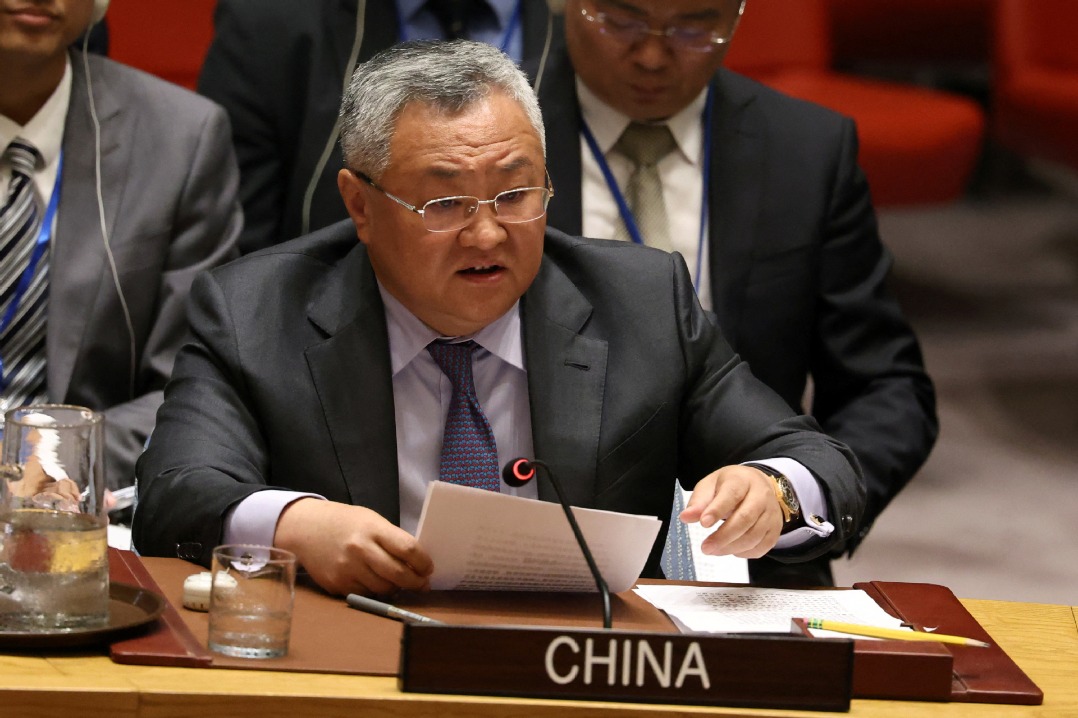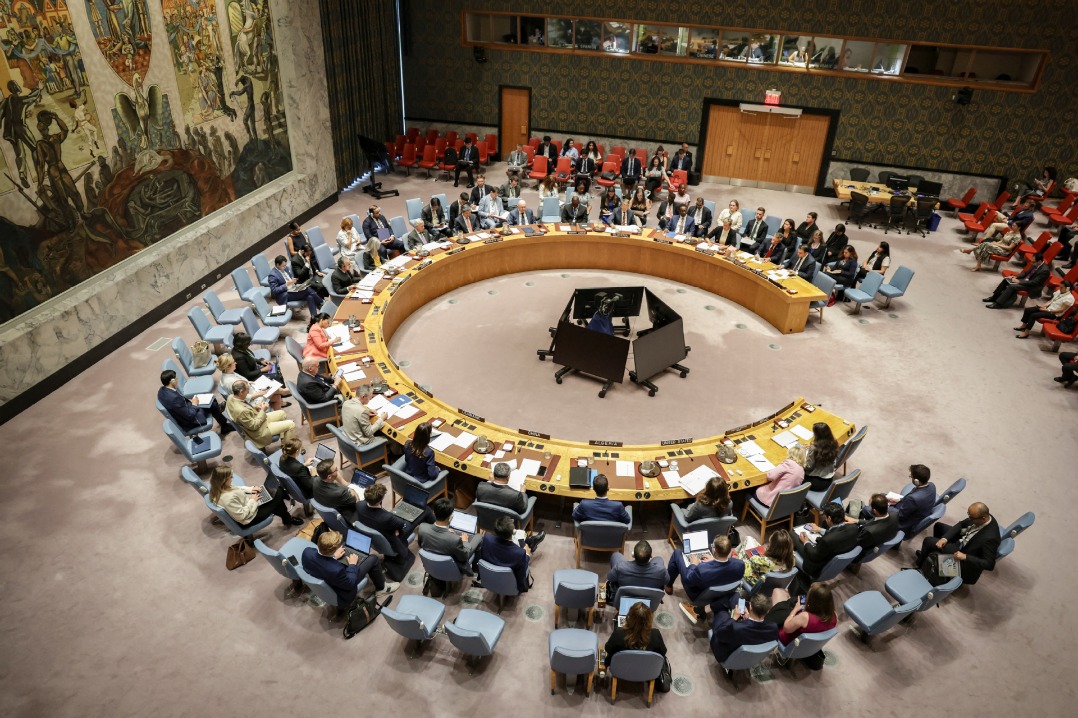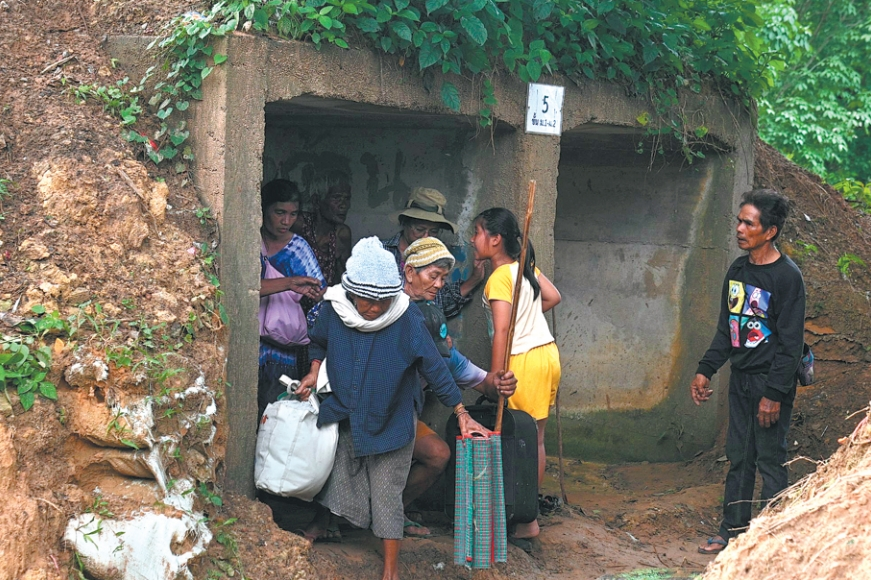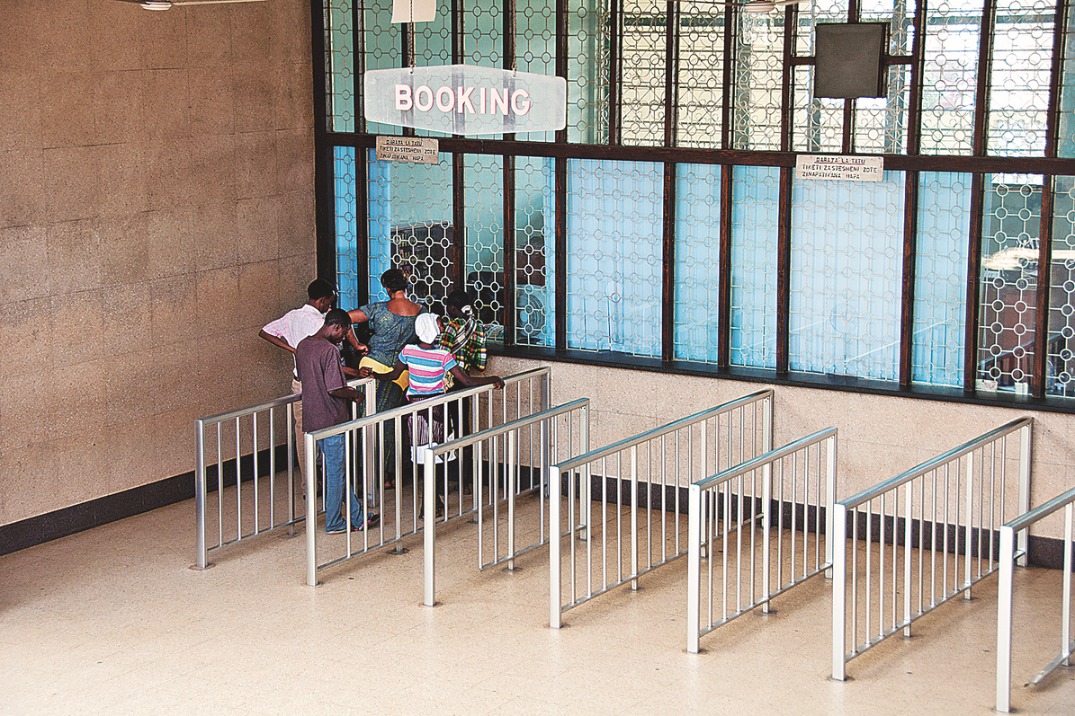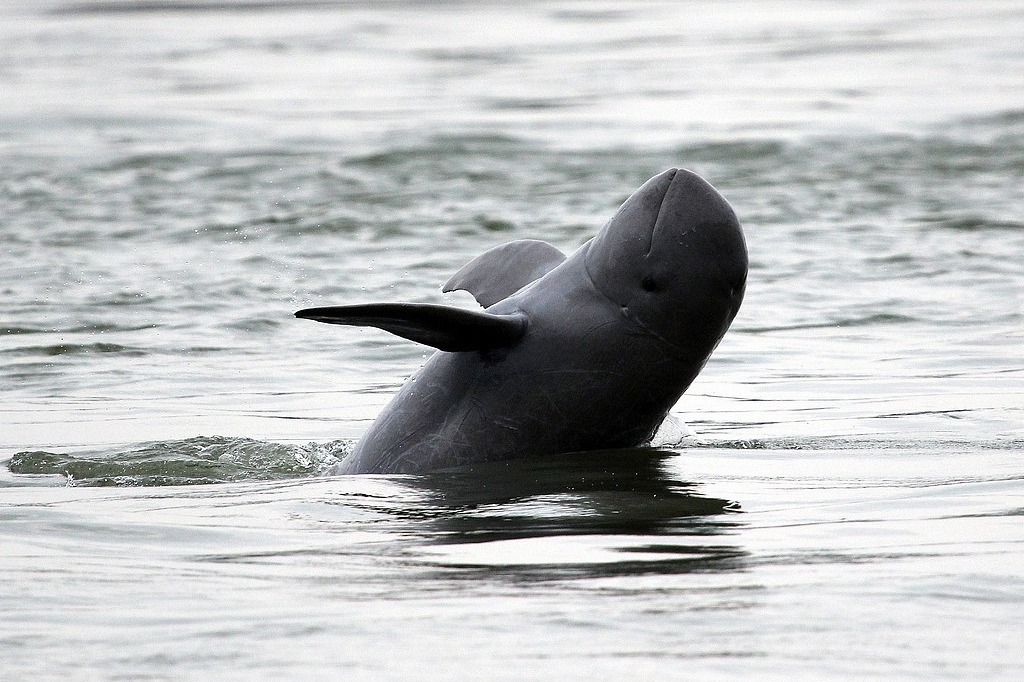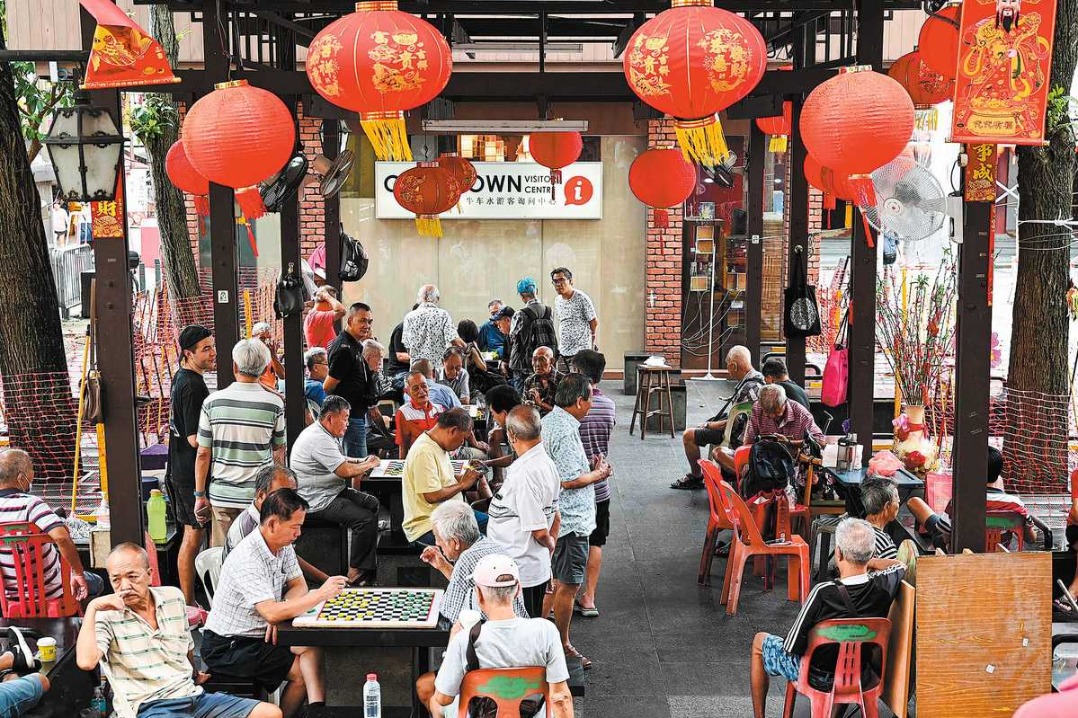'Debt trap' claims have no foundation

Australian analysts say geopolitics swamps analysis in Pacific island states
Arguments for the so-called China "debt trap" by some critics are without foundation, Australian researchers have concluded, questioning the objectivity of such narratives against Beijing.
For now, Chinese investment continues to flow into the Pacific, giving the economies of some of the world's poorest nations a much-needed boost. But as a great deal of this investment is tied up in China's Belt and Road Initiative, some critics say it amounts to "debt-trap diplomacy", especially when it comes to the Pacific.
However, a new report by the Lowy Institute, an independent policy think tank in Sydney, says the "evidence to date suggests China has not been engaged in deliberate 'debt-trap' diplomacy in the Pacific".
"So what can we conclude?" asked the report's chief researchers - Roland Rajah, Alexandre Dayant and Jonathan Pryke. "Our analysis of debt in the Pacific strongly suggests that the 'debt-trap diplomacy' argument is without foundation."
Debt is a problem in the region, and one that appears to be increasing in importance. "But for most countries it is not debt to China that is of concern. Keep that in mind next time you hear that the Pacific is drowning in Chinese debt," they urged.
According to the Lowy report, titled "Oceans of debt? Belt and Road and debt diplomacy in the Pacific", China has begun exercising greater caution over the potential debt sustainability implications of the BRI and has taken steps to address this.
"China has supported an IMF training center to help improve the debt management capacity of countries involved in the BRI, and China's Ministry of Finance has agreed with major multilateral financing institutions to establish a new cooperation platform," the report said.
In 2017, China committed itself to the G20 Operational Guidelines for Sustainable Financing, and in 2019 to the G20 Principles for Quality Infrastructure Investment, both of which contain debt-related provisions including complying with World Bank and International Monetary Fund policies for countries where debt sustainability is already a concern.
The report concluded China has "not been engaged in such problematic debt practices in the Pacific as to justify accusations of debt-trap diplomacy."
"In the vortex of geopolitics and the rush from larger players to win influence in the region, objective economic analysis has been missing from much of the policy discourse about China's lending activities in the Pacific," said the researchers.
Professor James Laurenceson, acting director of the Australia-China Relations Institute at the University Technology Sydney, said: "The very concept of Chinese debt-trap diplomacy is an odd one. If a Chinese loan goes bad, it is the Chinese lender at risk of losing its capital. The port or road can't be taken away from the host country. And the evidence that loan default to China or any other country provides coercive leverage is shallow."
According to the Asian Development Bank, the Pacific has enormous investment needs in the range of $2.8 billion a year until 2030, on top of an additional $300 million a year over the same period for climate mitigation and adaptation.
"Investment on critical infrastructure like ports, bridges, roads, and connectivity is something that the Pacific cannot meet on its own," said Emma Veve, the director of social sectors and public sector management in the ADB's Pacific Department.
"The economies of these countries are too small and too isolated. So continued grant and concessional assistance from development partners will remain absolutely critical to supporting sustainable, inclusive, and resilient development in the region," she said without naming specific countries.
It's not only analysts who are dismissive of the China debt-trap narrative, local people in the region also rejected such accusations.
"We are an independent country, and we can't wait for grants to come," Vanuatu's Prime Minister Charlot Salwai said earlier this year, citing the need for projects in hard infrastructure like roads and ports, and also telecommunications, utilities, health and education.
"Whether through grants or through loans we have to have money to build our infrastructure; we want to invest this money into economic sectors," he said, adding that funneling money into productive projects would also help it pay back its existing debt and develop the economy.
Vanuatu owes nearly $130 million to China, which accounts for roughly half its external debt and represents just over 13 percent of its annual GDP.
Samoa's Prime Minister Tuilaepa Sailele Malielegaoi has been a strong supporter of Beijing and has described criticism of China's lending as patronizing.
He told the media in August he would not allow geopolitical fears to stifle development of much-needed infrastructure and said Samoa would "follow our own line of thought", not that of the United States and its allies.
Risk ratings from the IMF and the ADB over the past five years indicate 40 percent of Pacific island countries are now classified as being at high risk of debt distress. But is this China's fault?
Rohan Fox and Matthew Dornan of the Development Policy Centre at the Australian National University in Canberra say the short answer is "no".
True, China is the largest bilateral lender, but Chinese lending comprises less than half of lending in any single country apart from Tonga. In a blog post at the end of last year, the ANU academics said China held around 12 percent of the total debt by Pacific nations, or $1.3 billion out of $11.2 billion.

















